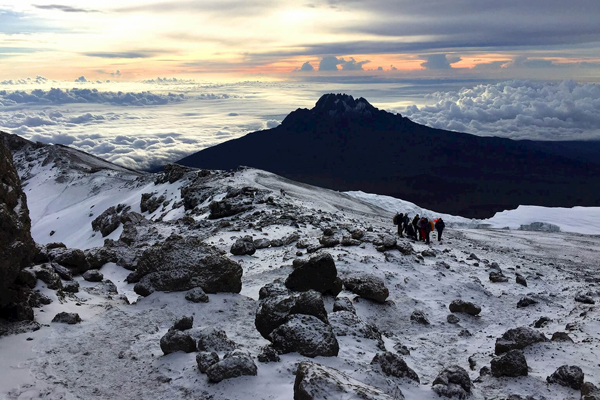
Nestled between the Great Rift Valley escarpment and Lake Manyara, this national park is a compact yet vibrant ecosystem rich in biodiversity. Spanning 330 square kilometers, with nearly two-thirds covered by the alkaline lake, it is famed for its tree-climbing lions, flamingos, and lush groundwater forests. The park’s diversity of habitats supports a wide variety of wildlife, making it a must-visit destination for nature lovers.
Flora
Lake Manyara is a patchwork of diverse ecosystems:
Fauna
The park’s wildlife is as diverse as its landscapes:
Best Time to Visit







Explore the wonders of Africa with AWA Tours, your gateway to authentic and sustainable travel experiences. Specializing in eco-conscious safaris, cultural immersion tours, and off-the-beaten-path adventures, we bring you closer to Africa’s breathtaking wildlife, diverse cultures, and pristine landscapes. From thrilling Big Five safaris to serene beach escapes and community-focused travel, AWA Tours curates unforgettable journeys tailored to modern explorers seeking adventure, connection, and responsible tourism.
By subscribing to our newsletter, you’ll gain access to:
✔️ Exclusive Travel Deals & Discounts
✔️ Insider Travel Tips & Guides
✔️ Updates on New Tours & Destinations
✔️ Stories from Real Travelers & Stunning Photography
Whether you’re dreaming of conquering Mount Kilimanjaro, relaxing on Zanzibar’s pristine beaches, or witnessing the majestic Great Migration, AWA Tours has something special just for you.
2024 Awatours. All rights reserved.